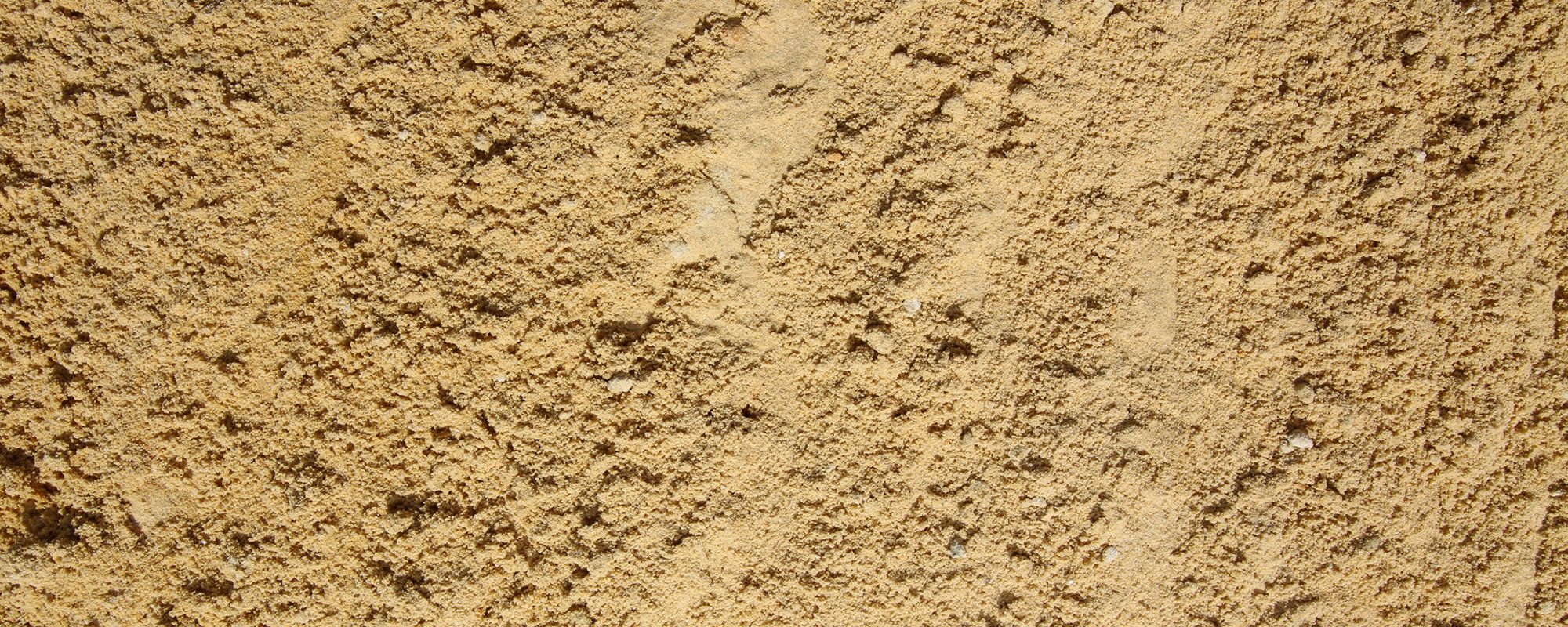Sand: an essential construction material
Luke Haskell | Commercial Director
13 June 2019
Tags: Aggregates | Construction | Groundworks | Hythe Quarry | Sand
Sand has been used as a building material for as long as 6,000 years, when the ancient Egyptians began using it mixed with lime and water to create lime mortar. They used it to plaster the world-famous Pyramids at Giza, one of the seven wonders of the ancient world and the only one still standing.
Sand is a granular material composed of finely divided rock and mineral particles. It is defined by size, being finer than gravel and coarser than silt. There are many different types of sand and many uses too.
Hythe Quarry
Since quarrying commenced at Hythe Quarry in August 2018, TJ have been able to supply much-needed building materials to the construction industry in Hampshire and the surrounding areas. TJ bought into the Forest Lodge site in 2017, after identifying an opportunity to expand their service to include sand supply.
Quarries are where we get a lot of the natural materials needed to carry out the growing number of construction projects that are scheduled in the UK for the coming years. Two products are extracted from Hythe Quarry: soft sand and a well-graded golden gravel.
Hythe Quarry was identified in the Hampshire Minerals and Waste Plan (2013) as ‘the best option for continuing a local supply of soft sand and sharp sand and gravel from this part of south Hampshire’. Planning permission for mineral extraction and restoration was granted in March 2017.
TJ are proud members of the Mineral Products Association (MPA), ensuring our core values and best practice aligns with quarry operators all around the UK. This is embodied by the company’s slogan: ‘Excellence. Delivered safely’.
Sand in the construction industry
We use an estimated 15 billion tonnes of sand every year in the construction industry alone. That’s enough to build a 20m x 20m wall around the equator every year!
The sand from Hythe Quarry is suitable for blinding, bedding, general fill and mortar. It is also often used as a plastering sand.
Concrete: Sand is often a principal component of this critical construction material.
Brick: Manufacturing plants add sand to a mixture of clay and other materials for manufacturing bricks.
Mortar: Sand is mixed with masonry cement or Portland cement and lime to be used in masonry construction.
Trench fill: Trench fill foundations are a type of shallow foundation that allows bricklaying below ground to be avoided. Instead, concrete is used – which is made using sand – and it is poured to within 150 mm of the surface ground level.
Bedding sand
Our sand is 0/1mm, has virtually no silt and is 99% silica, making it an ideal bedding sand for cattle. As an inert material, it doesn’t provide a substrate for bacteria and bugs to grow, which prevents mastitis and helping to keep somatic cell counts down.
Our cattle bedding sand is thoroughly analysed to ensure a consistent high quality product. We send a sample to OEMAchem Ltd every quarter and it has been found to be fully compliant as an 0/1mm sand as described.
Did you know? Sand is also used for:
- Sandpaper. Sand is glued to paper to create sandpaper that is used for sanding down surfaces.
- Filtering water.
- Making glass.
- Creating small hills on golf courses.
- Sandbags for flood defence.
- Children’s sandpits and play areas.
- Soaking up oil spills on roads.
- Improving traction on roads.
- Putting out small fires.
- Cleaning as it is abrasive.
If you’re in the construction or groundworks business and want more information about our sand or using us as your sand supplier, please get in touch.








